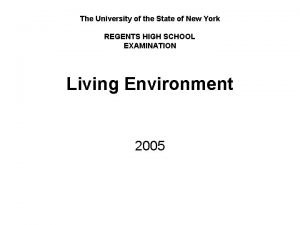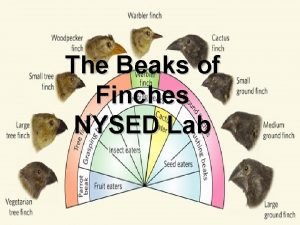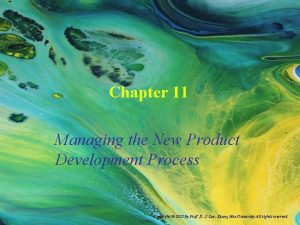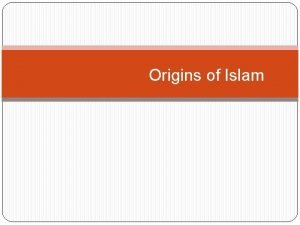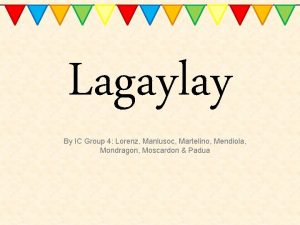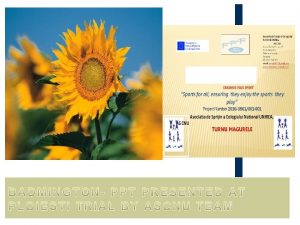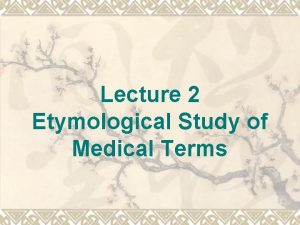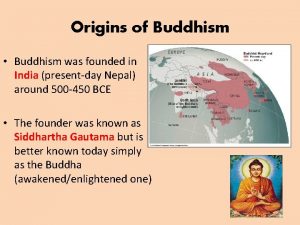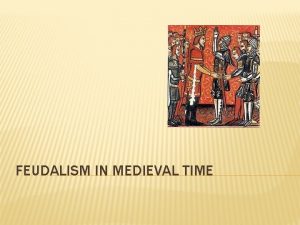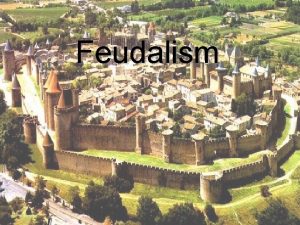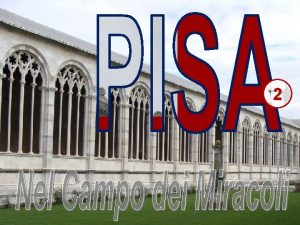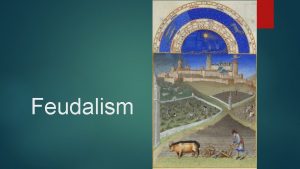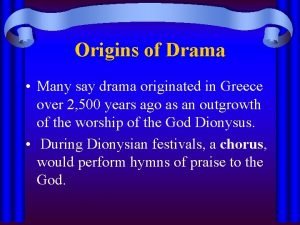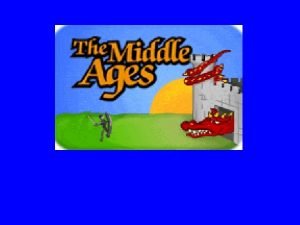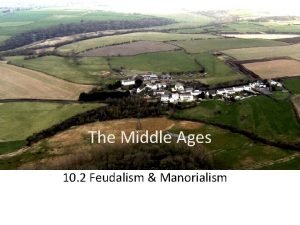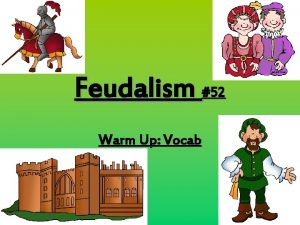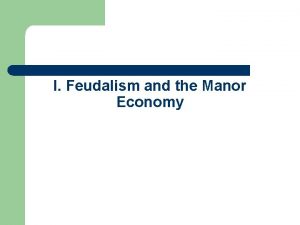Feudalism Origins of Feudalism Feudalism originated partly as




















- Slides: 20

Feudalism

Origins of Feudalism Feudalism originated partly as result of Viking, Magyar, Muslim invasions Kings unable to defend their lands, lands of their nobles Nobles had to find way to defend own lands Built castles, often on hills Not elaborate structures; built of wood, used as place of shelter in case of attack

Knights and Lords Nobles needed trained soldiers to defend castles Knights most important, highly skilled soldiers Mounted knights in heavy armor best defenders Being a knight expensive; had to maintain weapons, armor, horses Knights demanded payment for services

Fiefs and Vassals Knights were usually paid for their services with land Land given to knight for service was called a fief Anyone accepting fief was called a vassal Person from whom he accepted fief was his lord Historians call system of exchanging land for service the feudal system, or feudalism

Feudal Obligations Oath of Fealty, loyalty Knight's Duties to His Lord Provide military service, remain loyal and faithful, give money on special occasions A Lord's Duties to His Knights Give land, protect from attack, resolve disputes between knights

The Manor System

The Manor System The feudal system was a political and social system. A related system governed medieval economics This system was called the manor system because it was built around large estates called manors

Lords, Peasants, and Serfs Manors owned by wealthy lords, knights Peasants farmed manor fields Were given protection, plots of land to cultivate for selves

Serfdom Most peasants on farm were serfs, tied to manor Not slaves, could not be sold away from manor But could not leave, marry without lord’s permission

Free People Manors had some free people who rented land from lord Others included landowning peasants, skilled workers like blacksmiths, millers Also had a priest for spiritual needs

A Typical Manor Most of manor’s land occupied by fields for crops, pastures for animals Middle Ages farmers learned that leaving field empty for year improved soil In time, practice developed into three-field crop rotation system

A Small Village Each manor included fortified house for noble family, village for peasants, serfs Goal to make manor selfsufficient Typical manor also included church, mill, blacksmith

Daily Life

Life in a Castle Life in Middle Ages not easy, did not have comforts we have today Early castles built for defense not comfort Few windows, stuffy in summer, cold in winter, dark always

Space Nobles had to share space with others, including soldiers, servants Private rooms very rare Main room the hall, large room for dining, entertaining

Bedrooms In early castles, noble family bedrooms separated from main area by sheets Later castles had separate bedrooms; latrines near bedrooms Wooden bathtub outside in warm weather, inside near fireplace in winter

Life in a Village Despite discomforts, life in a castle was preferable to life in a village. The typical village family lived in a small wooden one-room house. The roof was made of straw, the floor of dirt, and the furniture of rough wood. Open holes in the walls served as windows

Bedrooms Most families slept on beds of straw on floor All shared one room with each other, animals Most glad to have animals to provide extra heat in cold winters

Meals Peasant families cooked meals over open fire in middle of floor Typical meal: brown bread, cheese, vegetables, occasionally meat No chimneys, house often full of smoke; fires common

Work The family rose before dawn. Men went to work in the fields; women did chores. During harvest, the entire family worked in the field all day.
 Partly glazed partly panelled door
Partly glazed partly panelled door Galapagos finches evolved partly due to
Galapagos finches evolved partly due to Partly agree
Partly agree The beak of finches lab
The beak of finches lab Galapagos finches evolved partly due to
Galapagos finches evolved partly due to Parallel development processes are universally endorsed.
Parallel development processes are universally endorsed. The modern mother's day celebration originated from
The modern mother's day celebration originated from Where is islam originated
Where is islam originated This breed originated in french alps
This breed originated in french alps Vegetative planting probably originated in
Vegetative planting probably originated in Lagaylay originated from
Lagaylay originated from Sikh beliefs
Sikh beliefs Is an overhand serve legal in badminton
Is an overhand serve legal in badminton Medial etymology
Medial etymology Buddhism originated
Buddhism originated Cotton head road dance
Cotton head road dance Where was graffiti originated
Where was graffiti originated Direct method of teaching is also known as
Direct method of teaching is also known as Latin audit
Latin audit Where the vikings come from
Where the vikings come from Macbeth map
Macbeth map

